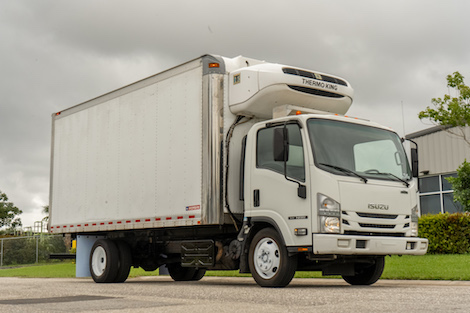With the recent news that COVID-19 booster shots will roll out, any hopes that reefer capacity would start to open up following the notoriously busy summer shipping season have seemingly evaporated. And so, food & beverage shippers [along with other industries that require refrigerated trucks] need to take steps to manage an extended capacity crunch that will remain in effect for the remainder of 2021, and likely the early part of 2022. Here are a few tips for how reefer shippers can manage this challenge.
Expand Capacity Options
Once primary and secondary carriers begin to reject loads, shippers can now leverage technology to automatically open asset-based, compliant capacity so they no longer need to rely on costly middlemen to move freight. Having multiple freight capacity options, especially during prolonged capacity crunches, will be key. Simply put, having the ability to open compliant capacity with the flick of a button will help shippers improve OTD and OTIF, and lower shipping costs which is essential to making the most out of already stretched freight budgets.
Remove Procurement Friction
Another way to successfully manage a capacity crunch is to ensure that procurement processes are as frictionless as possible. Granted, this may seem like a big task given how interconnected procurement really is, but in actuality simplifying and streamlining procurement is much easier to do than one may think. By adopting sophisticated technologies, shippers can turn a static freight procurement process dynamic, ultimately speeding up the tender waterfall. Once optimized, procurement teams have more time to focus on other priorities, as opposed to wasting valuable time and energy chasing down middlemen to understand load status.
Demand Transparency From Partners
Whether it is truckload pricing or service updates, shippers have long been forced to operate in the dark due to a lack of 3rd-party data transparency. And now is the time when shippers need to fight back and demand transparency by partnering with vendors who offer full data transparency. Dynamic freight procurement dashboards, which hold no secrets and share 100% of the information, empower data-driven freight procurement decisions which yield stronger results.

